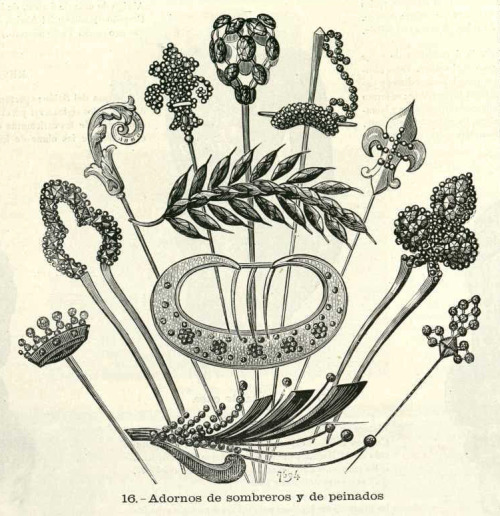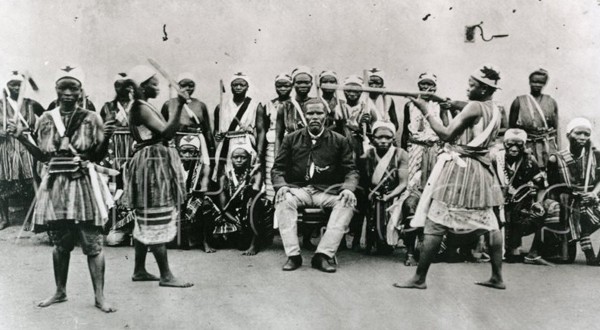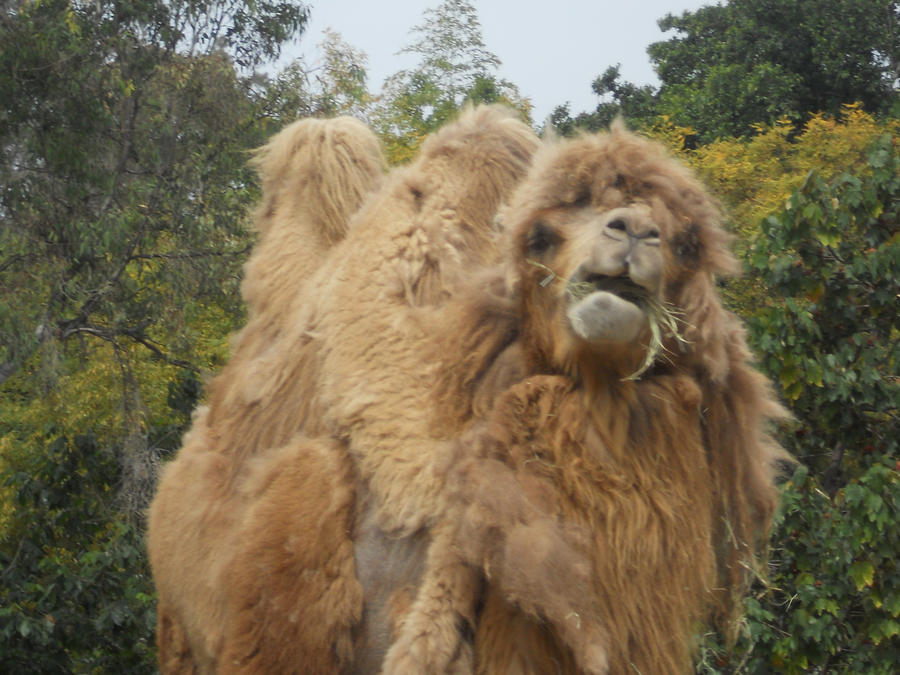The turn of the century saw a great increase in mobility for women. Women were no longer relegated to the parlor and kitchen--they could leave the home unaccompanied. They began riding public transport and taking jobs outside of the home. However, with this new mobility and freedom came the new threat of street harassment and aggression.
 The harassment of women on the street continues to be a problem to this day. Today it's called cat-calling, around the turn of the century it was called 'mashing'. It's more or less universally detested by every woman, and nearly every woman has a story about being harassed on the street. The fight against street harassment continues in government halls and online forums, but in the late 1800s/early 1900s women took matters into their own hands. Instead of trying to solve things with words these ladies stabbed the offenders with their sword like hatpins.
The harassment of women on the street continues to be a problem to this day. Today it's called cat-calling, around the turn of the century it was called 'mashing'. It's more or less universally detested by every woman, and nearly every woman has a story about being harassed on the street. The fight against street harassment continues in government halls and online forums, but in the late 1800s/early 1900s women took matters into their own hands. Instead of trying to solve things with words these ladies stabbed the offenders with their sword like hatpins.
The hatpin was a common accessory at the time. Large hats, festooned with ribbons, fake flowers, and wax fruit were the fashion, and to keep the millinery concoction on their heads, women secured them to their heads with steel pins known as hatpins. The average hatpin was around 9 inches in length, had a sharp point on the piercing end, and jewels, feathers, or filigree on the other. Hatpins had to be sharp in order to get through the fabric of the hat, and, due to the size of the hats, were often quite lengthy.
Women were, essentially, wearing knives in their hair. However, there are no recorded instances of women having used them as such until 1903 when Leoti Blaker, a young Kansan visiting New York City was accosted on public transportation. When an elderly man attempted to take liberties with her person, Leoti stabbed him 'in the meat of his arm', driving the man away. Leoti later stated to newspapers that “If New York women will tolerate mashing, Kansas girls will not.”
Leoti's move against her harasser was only the first recorded of such instances. Stories about women defending themselves and others from attackers with their hatpins began to crop up around the country with increasing frequency. One woman in Chicago stopped a train robbery, one in New York stopped a man from stealing the payroll of an entire company.
With the popularity of the hatpin as a weapon of self defense, and the publication of self defense manuals for women, women were protecting their rights to exist in public spaces, and this was making the men of the time uncomfortable. Editorials in newspapers started cropping up about how women were 'attacking defenseless men', and that to avoid street harassment women should perhaps dress more modestly, or, better yet, not leave the house. Legislation to regulate hatpin length was introduced in several cities, and motions to ban them outright were discussed.
Admittedly, there had been some hatpin accidents. More than once another man or woman had suffered injury from being jostled against a lady's hatpin, and women had been known to stab policemen and police horses while resisting arrest. However, the rate of accidents was much lower than stated in newspapers of the day. Newspapers, especially the Chicago Tribune, stirred the public into a frenzy that would later become known as 'The Hatpin Panic' or 'The Hatpin Peril'.
This trend of using a hatpin for self defense spread to the United Kingdom and Australia, who all had a 'hatpin panic' too. While some legislative measures were passed, the hatpin panic ultimately died with the onset of World War One. Because of metal shortages, women no longer wore large hatpins, and after the war large hats went out of fashion. Bobs and cloche hats became the norm, and the biggest female threat to society became the flapper, not the hatpin.
Sources
The Hatpin Peril Terrorized Men Who Couldn't Handle the 20th Century Woman
With Daggers in Her Bonnet: The Australian Hatpin Panic of 1912
Early 1900s Women Had an Ingenious Method for Fending Off Gropers
When Men Feared 'A Resolute Woman, With a Hatpin in Her Hand'
 The harassment of women on the street continues to be a problem to this day. Today it's called cat-calling, around the turn of the century it was called 'mashing'. It's more or less universally detested by every woman, and nearly every woman has a story about being harassed on the street. The fight against street harassment continues in government halls and online forums, but in the late 1800s/early 1900s women took matters into their own hands. Instead of trying to solve things with words these ladies stabbed the offenders with their sword like hatpins.
The harassment of women on the street continues to be a problem to this day. Today it's called cat-calling, around the turn of the century it was called 'mashing'. It's more or less universally detested by every woman, and nearly every woman has a story about being harassed on the street. The fight against street harassment continues in government halls and online forums, but in the late 1800s/early 1900s women took matters into their own hands. Instead of trying to solve things with words these ladies stabbed the offenders with their sword like hatpins.The hatpin was a common accessory at the time. Large hats, festooned with ribbons, fake flowers, and wax fruit were the fashion, and to keep the millinery concoction on their heads, women secured them to their heads with steel pins known as hatpins. The average hatpin was around 9 inches in length, had a sharp point on the piercing end, and jewels, feathers, or filigree on the other. Hatpins had to be sharp in order to get through the fabric of the hat, and, due to the size of the hats, were often quite lengthy.
Women were, essentially, wearing knives in their hair. However, there are no recorded instances of women having used them as such until 1903 when Leoti Blaker, a young Kansan visiting New York City was accosted on public transportation. When an elderly man attempted to take liberties with her person, Leoti stabbed him 'in the meat of his arm', driving the man away. Leoti later stated to newspapers that “If New York women will tolerate mashing, Kansas girls will not.”
 |
| The typical headgear of an early 20th century woman |
With the popularity of the hatpin as a weapon of self defense, and the publication of self defense manuals for women, women were protecting their rights to exist in public spaces, and this was making the men of the time uncomfortable. Editorials in newspapers started cropping up about how women were 'attacking defenseless men', and that to avoid street harassment women should perhaps dress more modestly, or, better yet, not leave the house. Legislation to regulate hatpin length was introduced in several cities, and motions to ban them outright were discussed.
Admittedly, there had been some hatpin accidents. More than once another man or woman had suffered injury from being jostled against a lady's hatpin, and women had been known to stab policemen and police horses while resisting arrest. However, the rate of accidents was much lower than stated in newspapers of the day. Newspapers, especially the Chicago Tribune, stirred the public into a frenzy that would later become known as 'The Hatpin Panic' or 'The Hatpin Peril'.
This trend of using a hatpin for self defense spread to the United Kingdom and Australia, who all had a 'hatpin panic' too. While some legislative measures were passed, the hatpin panic ultimately died with the onset of World War One. Because of metal shortages, women no longer wore large hatpins, and after the war large hats went out of fashion. Bobs and cloche hats became the norm, and the biggest female threat to society became the flapper, not the hatpin.
Sources
The Hatpin Peril Terrorized Men Who Couldn't Handle the 20th Century Woman
With Daggers in Her Bonnet: The Australian Hatpin Panic of 1912
Early 1900s Women Had an Ingenious Method for Fending Off Gropers
When Men Feared 'A Resolute Woman, With a Hatpin in Her Hand'








